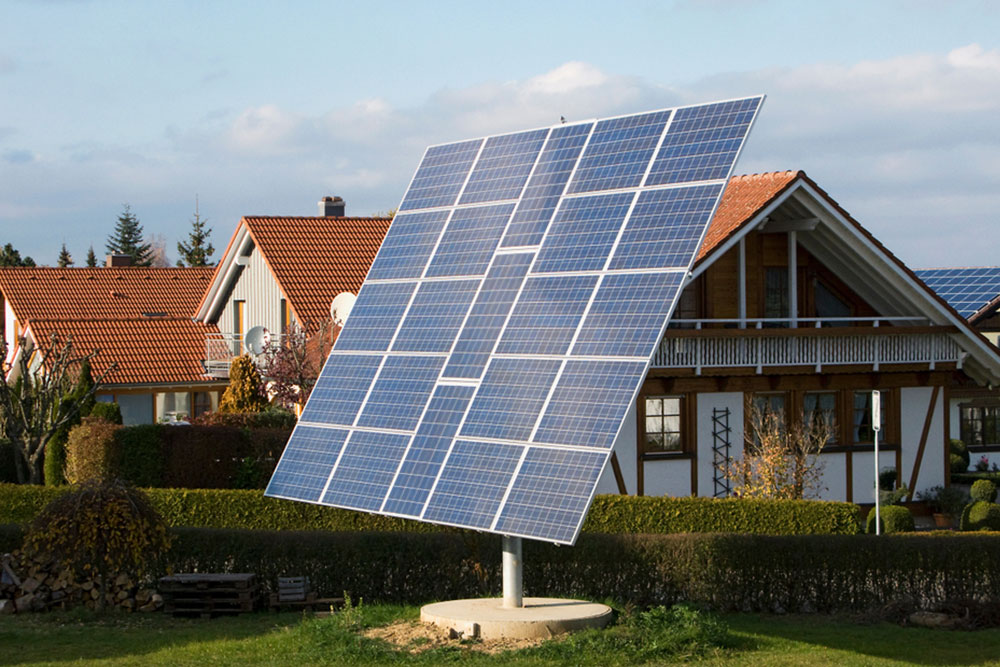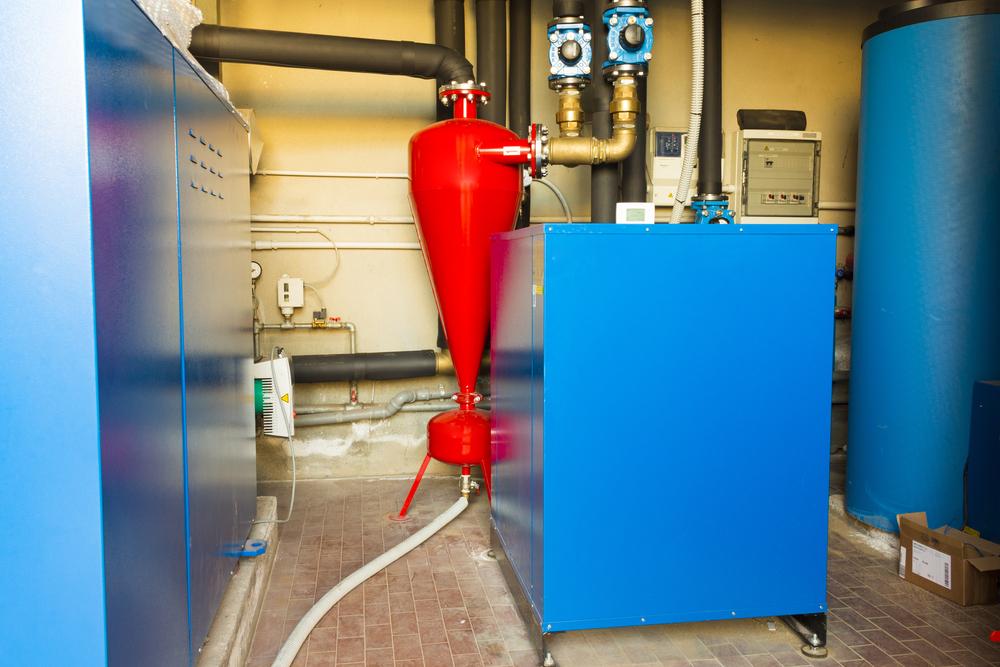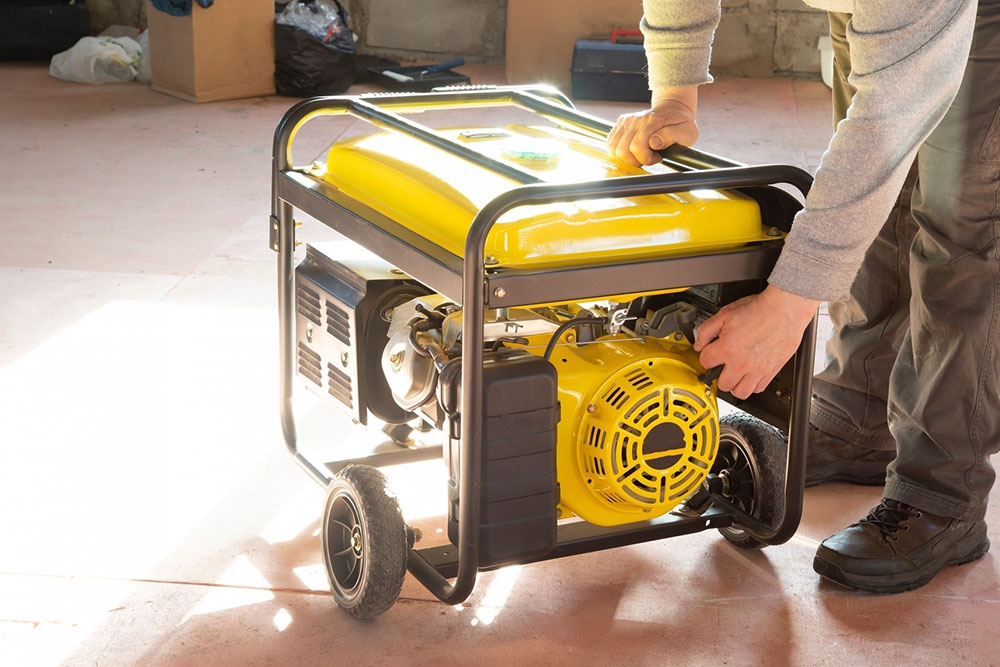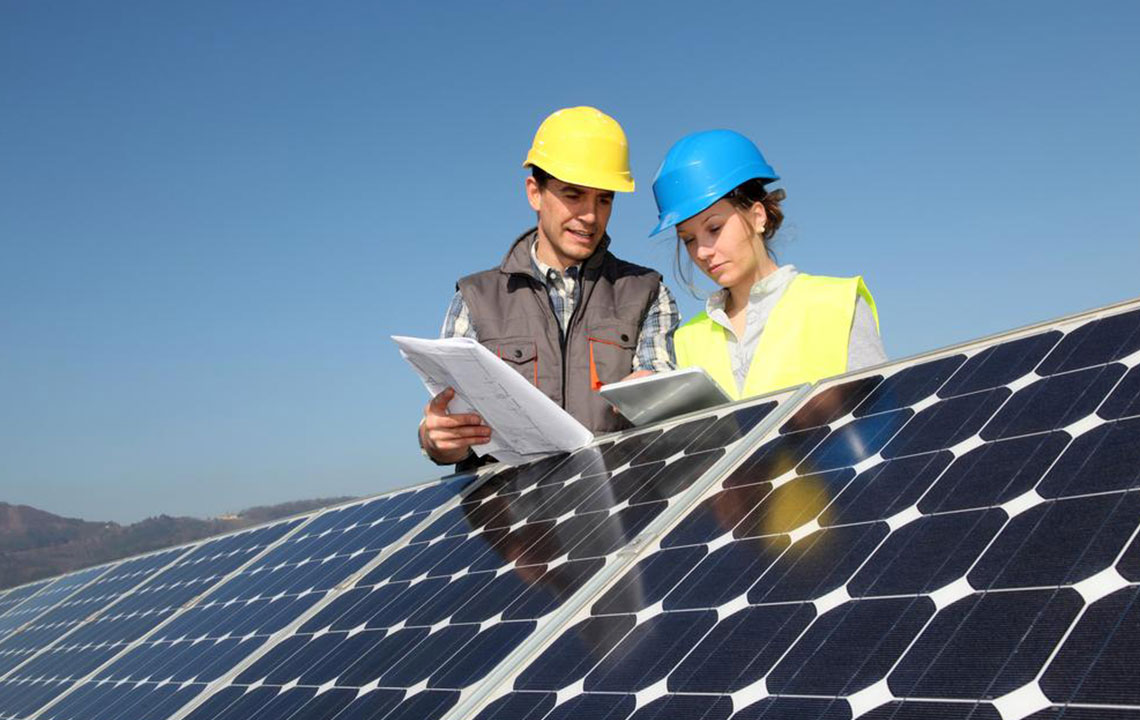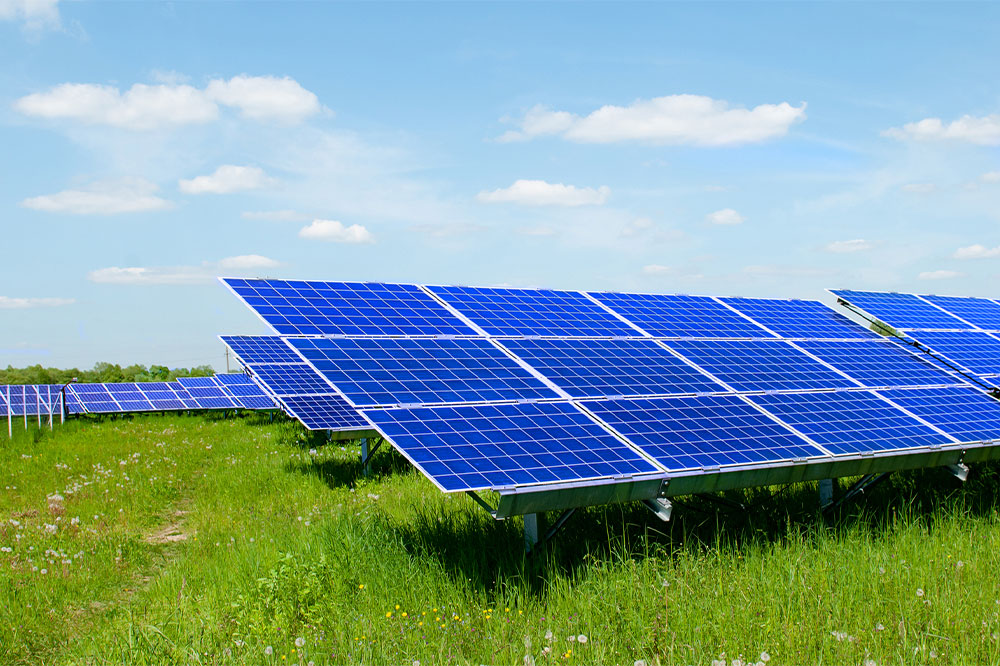Understanding Solar Power Generators: Types, Key Parts, and Tips for Buyers
Explore the essentials of solar power generators, including types, key components, buying tips, and advantages. Understand how these renewable energy solutions can provide reliable backup power for homes and outdoor activities. Learn about considerations such as energy requirements, storage options, usage frequency, and costs to make an informed purchase. Discover the environmental benefits and limitations of solar generators, helping you choose the right device for your needs and ensuring sustainable energy use.
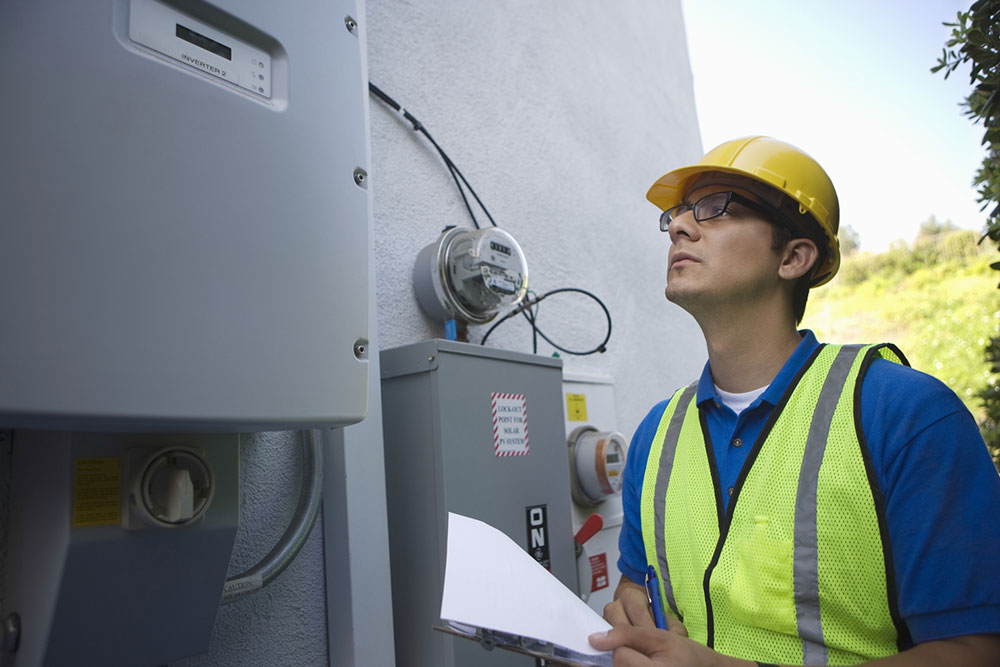
Understanding Solar Power Generators: Types, Essential Components, and Buying Tips
Against a backdrop of diminishing energy sources caused by growing populations and increased resource demand, conserving energy has become essential. Many households and businesses now utilize renewable sources like solar power to promote sustainability. Solar generators are a vital tool, converting sunlight into electricity for emergency needs. Here’s what you should know before purchasing a solar generator:
Different Types of Solar Generators
Solar generators gather solar energy via panels and store it in integrated batteries for backup power. The main categories include:
Home backup solar generators: These are ideal for continuous power during outages, usually installed permanently within the home’s electrical system. They activate automatically in case of power failure, ensuring a steady supply.
Portable solar generators: Compact and self-contained, these units are perfect for camping, travel, or remote locations without power. They are suitable for charging small devices and powering electrical appliances on-the-go.
Major components
A solar generator primarily consists of a portable battery paired with solar panels that harness sunlight.
Its key parts include:
Solar panels to absorb sunlight
A rechargeable battery to store energy
A solar charge controller to regulate energy flow into the battery
A solar inverter to convert stored energy into usable electricity
Knowing the functions of these components helps in troubleshooting and maintenance over time.
Buying considerations
Energy needs: Determine your power requirements by listing devices, lights, and appliances you plan to run, along with usage duration. This helps select a suitable generator size.
Storage space: Choose a dry, protected place for storing the generator when not in use to prevent weather damage and mechanical issues.
Usage frequency: For occasional use, a smaller model might suffice. Frequent travelers or those facing regular outages should consider larger units for more capacity.
Budget: Solar generators tend to be pricier than traditional options, with costs ranging from $1,000 to $15,000 depending on size and capacity. Factor in maintenance costs, too.
Advantages and disadvantages:
Lightweight and portable, ideal for outdoor activities and emergencies. Many models offer handle designs for easier transport.
Easy to operate with minimal maintenance, since they lack moving parts. Perfect for uninterrupted indoor and outdoor use during power outages.
Environmentally friendly, producing no greenhouse gases or air pollutants, making them a clean energy solution.
But be aware of limitations:
In low sunlight regions, energy generation may fall short, necessitating backup options like gas generators.
Higher initial investment compared to gas units, though ongoing maintenance costs are lower.
Slower to recharge and less suitable for instant power needs compared to gas generators.

